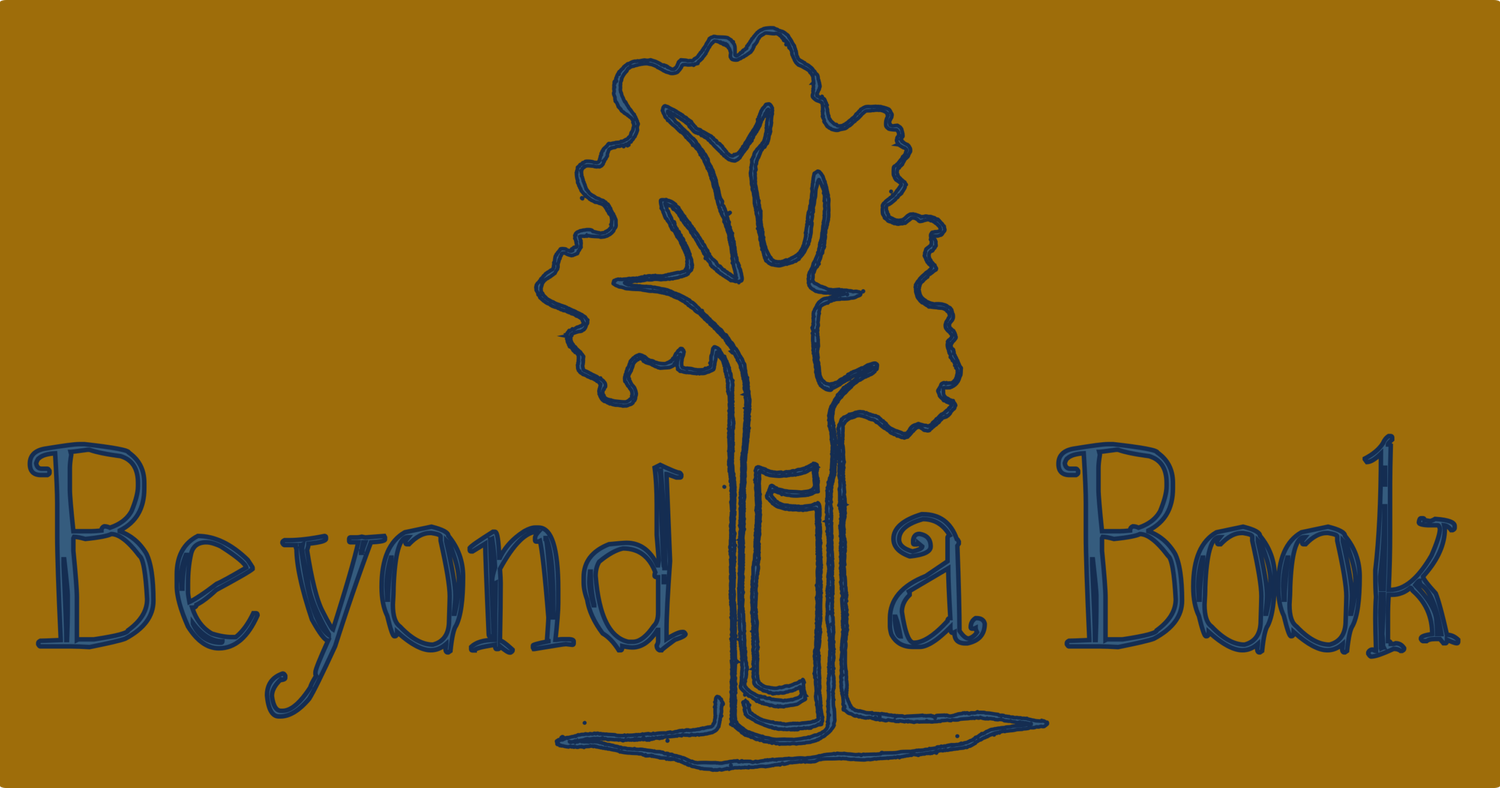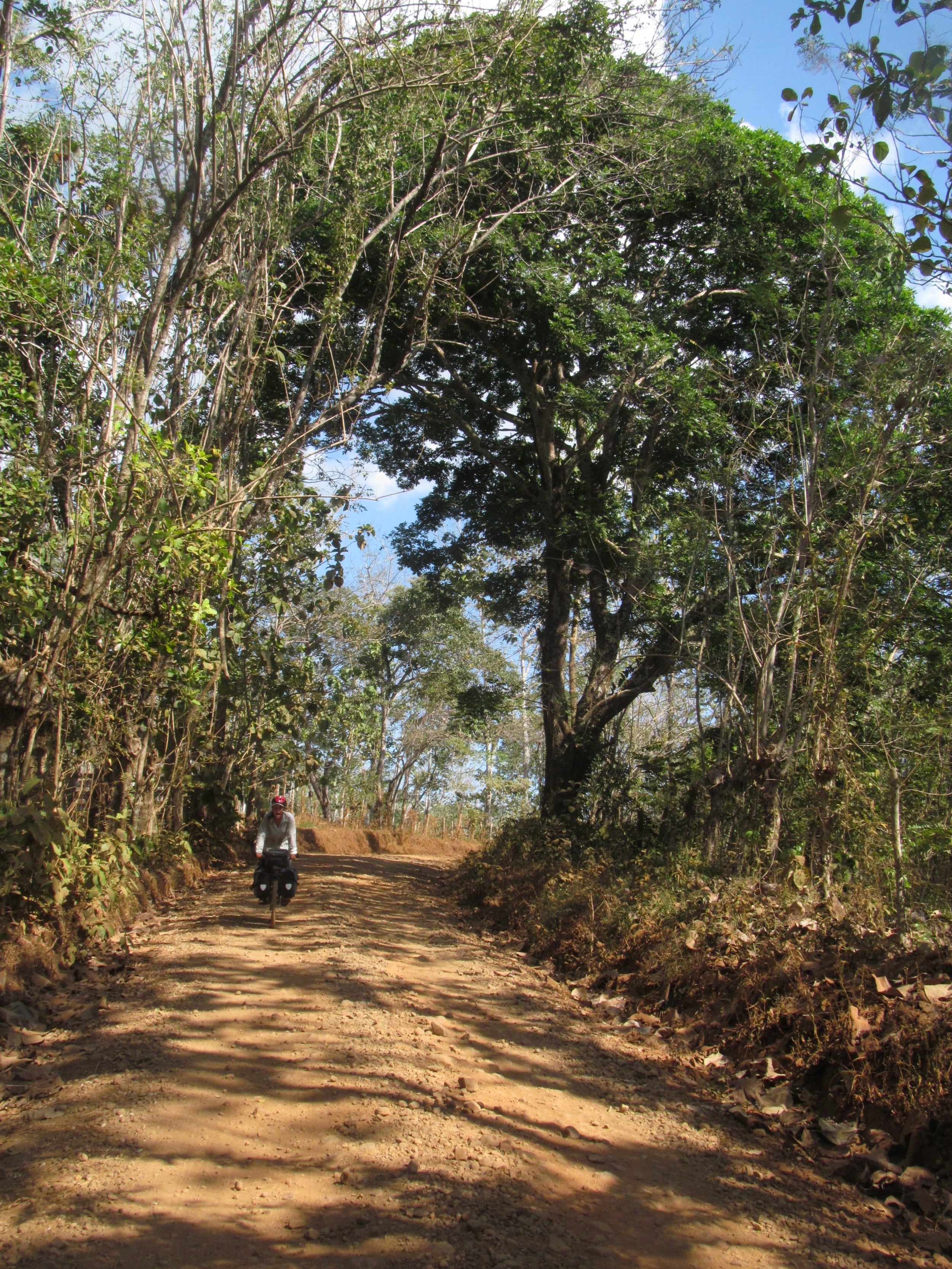by Sara Dykman
Cyclists in general are stingy. I am not sure if we all start out this way (perhaps we cyclists pick this mode to skip the bus fares and find the cheaper, less touristy places), or if after months on the road we have become accustom to cheap living. I’ll be the first to admit I tend to choose not the path of least resistance but the path of least costs. I like the challenge of saving. I like the situations being thrifty takes you. I like working for sixth months then living off savings for a year (I last worked October 2012). And so, I was scared of Costa Rica.
As we approached the boarder of Panama and Costa Rica we met cyclists pedaling south. They pedaled fast as if the high prices of Costa Rica were still chasing them. We were told to buy as much food as possible in Panama and carry it. Another group said they crossed Costa Rica in ten days to get out of the money trap as quick as possible. After ten months on the road we were approaching the most expensive country of our trip, we bought a lot of food and crossed into Costa Rica.
We entered a green Costa Rica. Our first morning, after sleeping in a boat yard (for free) with horses and mosquitos, we woke with the sun to watch squirrel monkeys playing in the trees around our tent. Southern Costa Rica, even in the now dry season, is wonderfully green, lush, and teaming with wildlife. We saw scarlet macaws, two types of monkeys, and dozens of frogs. All this diversity makes seeing palm oil plantations, where diversity is cut to nearly nothing, a heartbreaking site.
We visited two national parks in the green south coast. The second was Manuel Antonio, a small, over visited national park along the ocean. Nia and I were a little hesitant to try another national park after being incredibly disappointed by exuberant prices of the famed Corcovado National Park (100 bucks each for a mandatory guide on top of entry fees and a long list of rules that took adventure out of the picture), but in the end we went for it and I am really glad we did.
I am glad we did because in just one day we saw sloths lounging in the trees, a red-eyed tree frog sleeping the day away, iguanas and other lizards, and several troops of white-faced capuchin monkeys. Even though frogs are the coolest creatures on Earth, for the day, the sloths stole the show.
How could you not love sloths? They meander slowly through the forest, silver and brown balls of fluff with long curved claws nearly invisible among the leaves that they eat. Only eating nutrient poor leaves has given the sloth few options but to have a low metabolism, and spend most of the day either chewing leaves or sleeping (no vegetarian jokes please). They descend to the forest floor about once a week to poop before climbing up a different tree. This behavior confuses predators that climb the trees near the poo looking for tasty sloth snacks.
But never mind the poo, we talked to a guide that gave us another impression beside the CUTE persona I first had. He told us that if a baby falls off the mom, the mom will not go back down to find her (mostly likely mangled) baby, but instead carries on her day baby-less. And because males are territorial, if two find themselves in the same tree they fight (in slow motion) until one falls out. The fallen sloth that lays broken on the ground is then pooped on by the winner. The winner doesn’t just poop and move to confuse predators, he poops on the looser so the predator will find the looser and kill him if the fall didn’t already. Note to self: don’t get on the bad side of a sloth.
After our sloth and monkey break we continued along the ocean watching the green fade away. By the time we had traced Costa Rica’s Pacific coast and were on the Nicoya Peninsula green had turned to brown. The dry heat - oppressive even while drinking soda in the shade - was a powerful challenger on the steep, gravel roads that led us around the peninsula. Even motorcyclists felt sorry for us. On several hills a group of three on one motorcycle stopped to give us a push…literally. They would wait for us at the bottom of a hill, and when we caught up one of the women on the bike would push us up the hill while the rest waited at the top. She pushed us up three hills.
And those motorcyclists were not the only folks to give us a hand. One afternoon, after swimming in the waves of the Pacific, we were invited to have a beer with a group of Costa Ricans. Magi and Kattya (a distant Walean) were visitng the beach for the day with their grandma (94 years old) and grandpa (96 years old). We chatted over several cold Costa Rican cervezas and before leaving Magi gave us directions to her sister’s house 30 km away and told us we could stay the night there. We took her up on the offer, and cycled hard, arriving at ‘’the green gate 2.5 km after the bridge’’ as the sun tucked behind jungle covered hills.
Magi’s sister was not home when we rang the bell, nor did anyone really understand what we were doing there. It was not one house, but a collection of rental homes owned by her sister. Finally someone called someone, and before we could explain that we had air mattresses and a tent we were lead to our own house for the night. Yep, after nearly three weeks in Central America without a bed we had not just a bed, but air conditioning, a shower, and wonderful patio views.
We had another bed on the Nicoya peninsula thanks to Alice and Ross, two of Nia’s friends from Wales. Alice and Ross live in Nosara, a surf community just minutes from the beach. We arrived to their house ready for showers and rest. Their house was perfect for resting thanks to the cozy lounge, stocked kitchen and the swimming pool. For several days Nia and I alternated our time between doing nothing, swimming, cooking, and eating. I am not sure how we found the time, but we even managed to try our hand surfing. We rented a board, and both successfully stood up, as we practiced in the less threatening white water of nearly spent waves.
After ‘’catching’’ some waves we spun east, not in keeping with the shortest route to escape expensive Costa Rica. We battled winds where only brave windmills stood, forcing our way up into the mountains for inspiring views of the looming volcano Arenal. During these climbs, we saw pizotes accustomed to being fed (never feed wildlife, eventually it will kill them), howler monkeys rustling through the canopy overhead, frogs below, hot springs, and coolER weather. Thanks to a route as indirect as any, we were able to see not just the coast, but this beautiful higher forest as well.
AND so we got to see and enjoy a lot of Costa Rica. AND you know what? Costa Rica was not our most expensive country. We shoot for spending ten dollars each per day (many dollars more per day than many of the cyclists we meet). We spent 23 days in Costa Rica, visited two national parks, took two boat rides, and ate awesome food (that we generally cooked) sending us just a bit over budget at 13 dollars per day per person. And more important than that we saw a dozen animals we’d never seen before, hiked and biked through three incredibly different ecosystems, drank perfectly clean tap water, ‘’learned’’ to surf, biked on the beach, found generous people that treated us to Costa Rican cervesas and beds with sheets, and were super glad we didn’t just rush through chasing cheaper days.
Cyclists, don’t be scared. Costa Rica is expensive, but not TOO expensive. Costa Rica was Costa Ricisima.

















